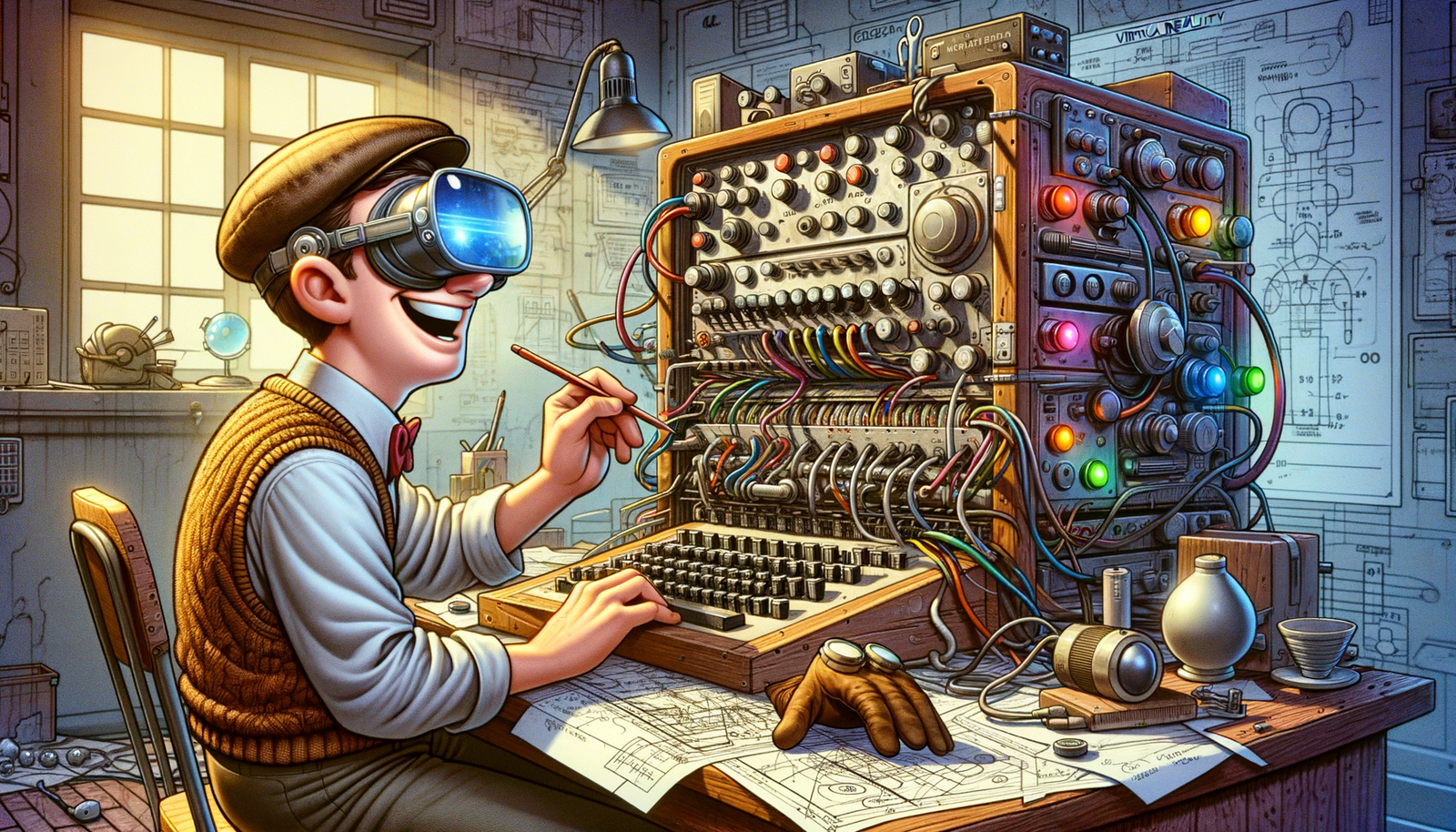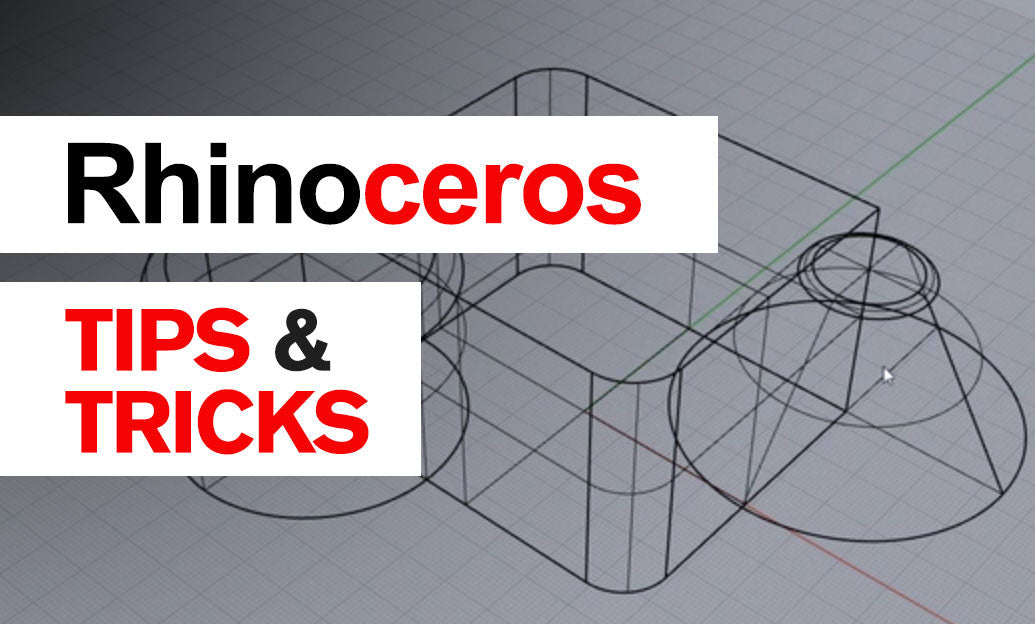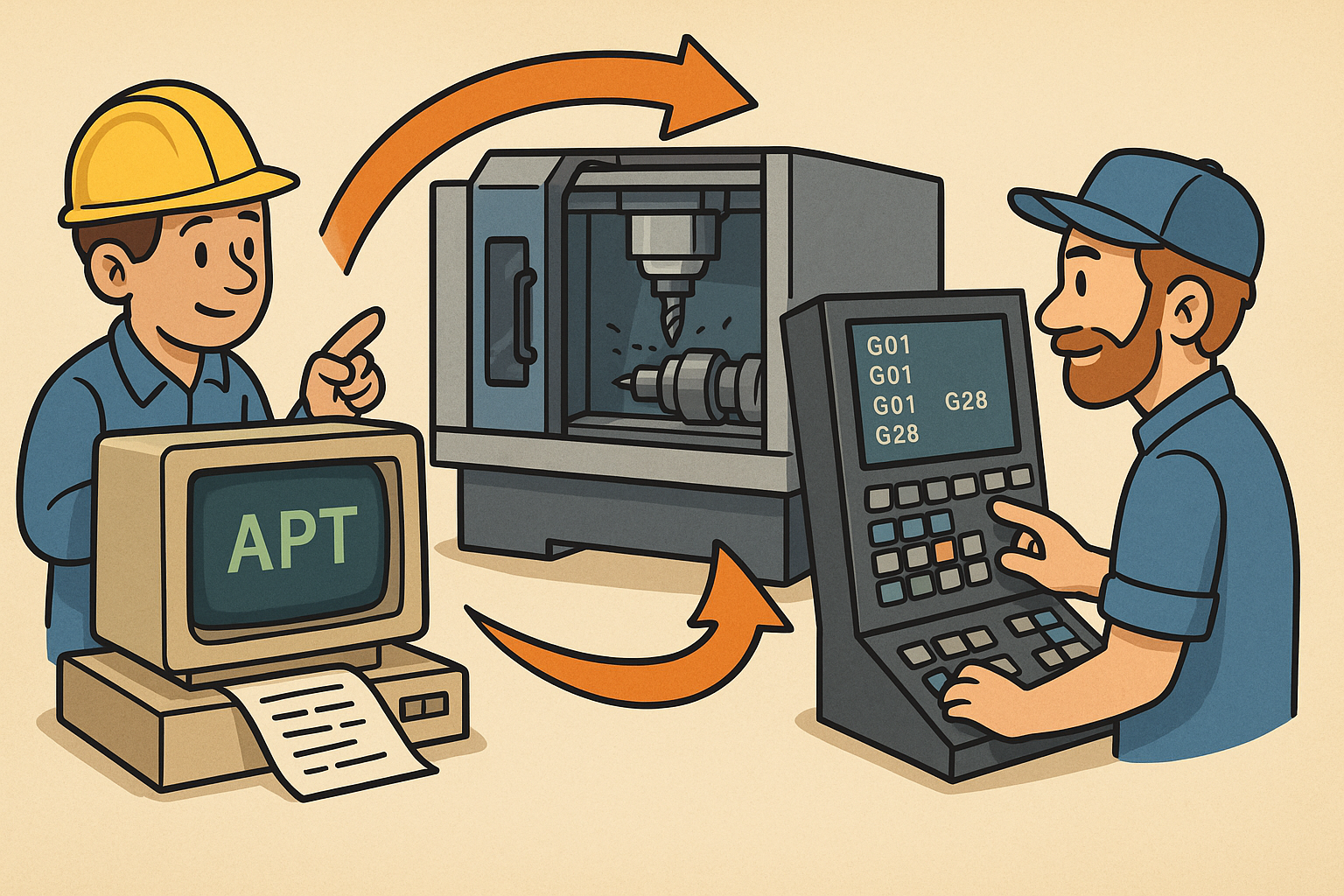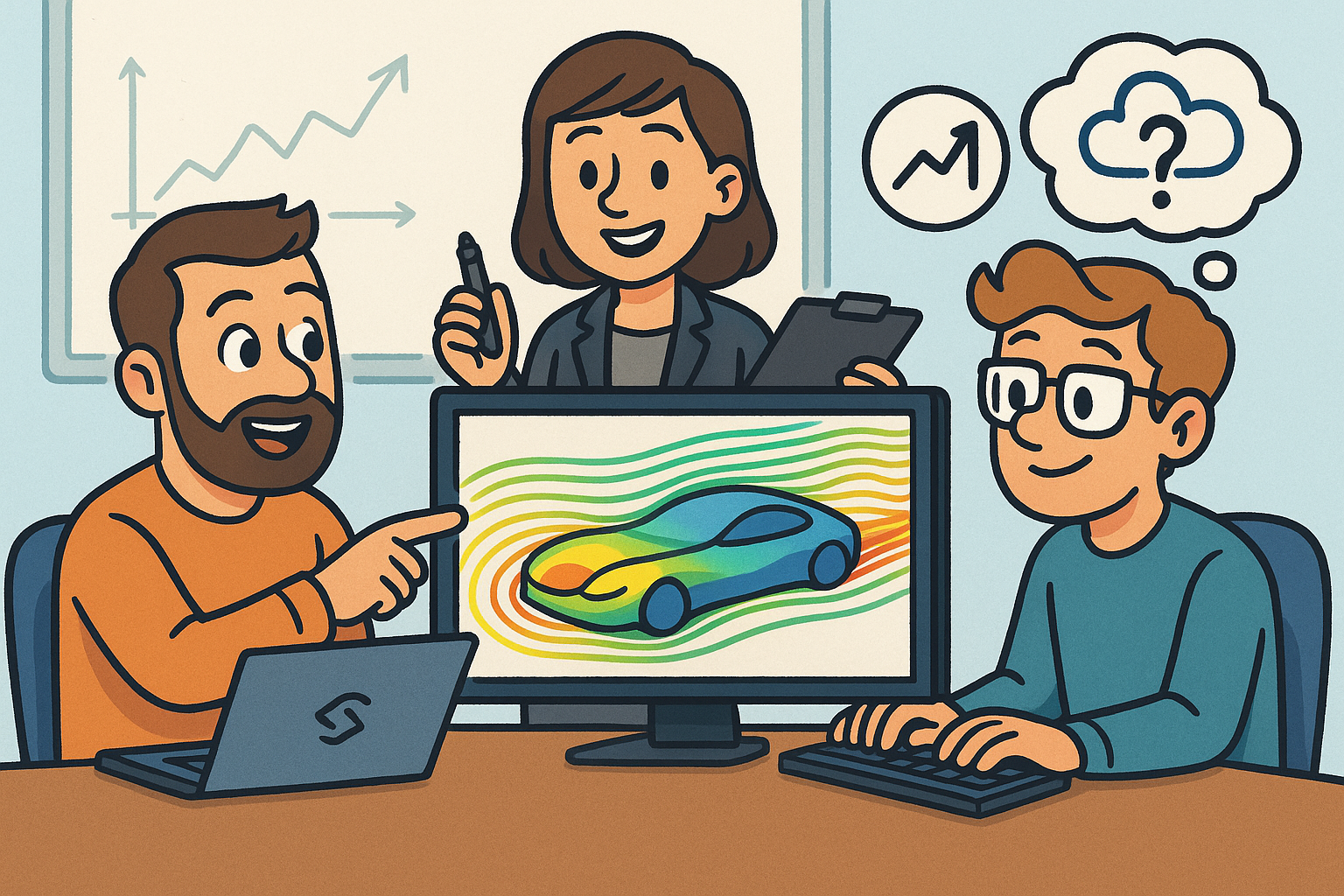Your Cart is Empty
Customer Testimonials
-
"Great customer service. The folks at Novedge were super helpful in navigating a somewhat complicated order including software upgrades and serial numbers in various stages of inactivity. They were friendly and helpful throughout the process.."
Ruben Ruckmark
"Quick & very helpful. We have been using Novedge for years and are very happy with their quick service when we need to make a purchase and excellent support resolving any issues."
Will Woodson
"Scott is the best. He reminds me about subscriptions dates, guides me in the correct direction for updates. He always responds promptly to me. He is literally the reason I continue to work with Novedge and will do so in the future."
Edward Mchugh
"Calvin Lok is “the man”. After my purchase of Sketchup 2021, he called me and provided step-by-step instructions to ease me through difficulties I was having with the setup of my new software."
Mike Borzage
Design Software History: Ivan Sutherland: Pioneering Computer Graphics and Virtual Reality through Design Software Innovation
June 30, 2024 5 min read


Introduction to Ivan Sutherland and His Contributions
Overview of Ivan Sutherland's Career
Ivan Sutherland, often hailed as the father of computer graphics, has had a monumental impact on the field of design software. His journey began with a robust educational background. Born in 1938, Sutherland showed an early interest in science and engineering. He pursued electrical engineering at Carnegie Mellon University and later obtained a Ph.D. in electrical engineering and computer science from the Massachusetts Institute of Technology (MIT). His doctoral advisor, Claude Shannon, was a prominent figure known as the father of information theory, which undoubtedly influenced Sutherland’s innovative path.
Professionally, Sutherland’s career is a tapestry of groundbreaking contributions and leadership roles. He held academic positions at several prestigious institutions, including Harvard University and the University of Utah. His professional endeavors also led him to co-found several companies, such as Evans & Sutherland, known for pioneering computer graphics hardware, and Sutherland, Sproull & Associates, which was later acquired by Sun Microsystems.
Significance of Ivan Sutherland in Computer Graphics
Ivan Sutherland's entry into the realm of computer graphics was marked by his seminal work, "Sketchpad," developed during his time at MIT. Sketchpad, created in 1963, was the first program to utilize a graphical user interface, allowing users to interact directly with the computer through a light pen. This innovation not only revolutionized the way people interacted with computers but also laid the foundational principles for modern computer-aided design (CAD) systems.
Sutherland’s pioneering contributions in interactive graphics set the stage for countless innovations in the field. His work demonstrated the potential for computers to be used as tools for visual creativity and engineering design. The long-term impact of his contributions is evident in various areas, from graphical user interfaces to virtual reality systems. Sutherland’s vision and execution have inspired generations of computer scientists and engineers, embedding his legacy deeply within the fabric of modern computing.
The Development of the Head-Mounted Display (HMD)
Inception of the HMD Concept
The concept of the Head-Mounted Display (HMD) emerged from Sutherland's fascination with creating more immersive and interactive computing experiences. Drawing inspiration from his work on Sketchpad and the evolving field of computer graphics, Sutherland envisioned a device that could present a three-dimensional world directly to the user's eyes, thereby enhancing the sense of immersion.
Several key motivations drove the development of the HMD. Firstly, Sutherland recognized the limitations of traditional displays in providing a full field of view and depth perception. Secondly, he was motivated by the potential applications in simulation and training environments, where realistic, immersive experiences could greatly enhance learning and performance. These motivations, combined with his innovative spirit, set the stage for the creation of the first HMD.
Technical Challenges and Innovations
Developing the Head-Mounted Display was fraught with significant technical challenges. The early 1960s presented limitations in both hardware and software that had to be overcome. One major hurdle was the creation of a lightweight and ergonomic headset that users could wear comfortably. Early prototypes were bulky and cumbersome, posing significant engineering challenges.
On the software side, rendering convincing 3D graphics in real-time required substantial computational power, which was a scarce resource at the time. Sutherland and his collaborators had to innovate to optimize rendering algorithms and make efficient use of available hardware. These efforts led to several breakthrough technological solutions, such as the development of efficient coordinate transformation algorithms and the implementation of rudimentary shading techniques to enhance the realism of the displayed images.
First Prototypes and Demonstrations
The first prototype of the Head-Mounted Display, often referred to as the "Sword of Damocles" due to its imposing appearance, was developed in 1968. This early model featured a stereoscopic display system that could present separate images to each eye, thereby creating a sense of depth. The device was mounted on a mechanical arm attached to the ceiling, which helped support its weight.
The initial reception of the HMD within the tech community was one of awe and fascination. Despite its rudimentary form, the potential of the technology was immediately recognized. Feedback from early demonstrations highlighted both the promise of immersive virtual environments and the need for further refinement in terms of user comfort and graphical fidelity. These early prototypes set the stage for future advancements in the field of virtual reality.
Impact of Sutherland’s HMD on Virtual Reality and Design Software
Influence on Virtual Reality (VR) Technologies
The development of the Head-Mounted Display by Ivan Sutherland had a profound and lasting impact on the evolution of virtual reality technologies. The HMD concept laid the groundwork for the modern VR systems we see today. Sutherland's pioneering work showcased the potential for immersive environments, inspiring subsequent generations of researchers and technologists.
Since the inception of the HMD, VR technologies have undergone significant evolution. The basic principles established by Sutherland, such as stereoscopic displays and real-time rendering, remain core components of contemporary VR systems. Modern advancements have built upon these foundations to create highly sophisticated VR experiences, incorporating high-resolution displays, precise motion tracking, and advanced interaction techniques.
Applications in Design and Engineering
The impact of Sutherland's HMD on design and engineering is vast and varied. Virtual reality has become an indispensable tool in numerous design fields, including architecture, automotive, and aerospace engineering. VR enables designers and engineers to visualize, simulate, and interact with their creations in ways that were previously unimaginable.
- Architectural Design: VR allows architects to create immersive walkthroughs of building designs, providing clients with a realistic sense of space and scale.
- Automotive Design: Engineers can use VR to simulate vehicle performance, ergonomics, and aesthetics, leading to more efficient and innovative design processes.
- Aerospace Engineering: VR is employed to visualize complex systems, conduct virtual prototyping, and train pilots and astronauts in simulated environments.
Legacy and Continuing Influence
Sutherland's Role in the Broader Context of Design Software
Ivan Sutherland’s contributions to computer graphics and immersive environments have left an indelible mark on the history of design software. His innovations laid the groundwork for future advancements, inspiring numerous key figures and companies in the industry. Companies like Autodesk and Adobe, which dominate the design software market today, have built upon the principles and technologies pioneered by Sutherland.
Beyond his own direct contributions, Sutherland’s role as an educator and mentor has also been influential. Many of his students and collaborators have gone on to make significant contributions of their own, furthering the legacy of Sutherland’s work. His vision of interactive and immersive computing continues to drive innovation and inspire new generations of computer scientists and engineers.
Current and Future Trends in HMDs and VR
The field of virtual reality and head-mounted displays continues to evolve rapidly. In recent years, we have seen significant advancements in both hardware and software. Modern HMDs, such as the Oculus Rift and HTC Vive, offer high-resolution displays, precise motion tracking, and comfortable designs that make them accessible to a broader audience.
- Advancements in VR Hardware: Innovations include lighter, more ergonomic headsets, higher resolution displays, and improved motion tracking systems.
- Software Developments: Advances in rendering techniques, real-time physics simulation, and artificial intelligence are enhancing the realism and interactivity of VR experiences.
Looking to the future, there are several exciting trends and potential new applications for HMDs and VR. Augmented reality (AR) is emerging as a complementary technology, blending virtual elements with the real world. This opens up new possibilities for applications in fields such as education, healthcare, and remote collaboration. Additionally, the integration of VR with other emerging technologies, such as haptic feedback and brain-computer interfaces, holds promise for creating even more immersive and interactive experiences.
Also in Design News

Rhino 3D Tip: Rhino Section — Precise Cut Profiles for Documentation and Fabrication
January 06, 2026 2 min read
Read More
Design Software History: APT to G‑Code Dialects: The Evolution and Persistence of Vendor‑Specific CNC Post‑Processing
January 06, 2026 11 min read
Read More
Real-time CFD for Design Reviews: Progressive Solvers, GPU Pipelines, and Uncertainty-Aware Collaboration
January 06, 2026 12 min read
Read MoreSubscribe
Sign up to get the latest on sales, new releases and more …


